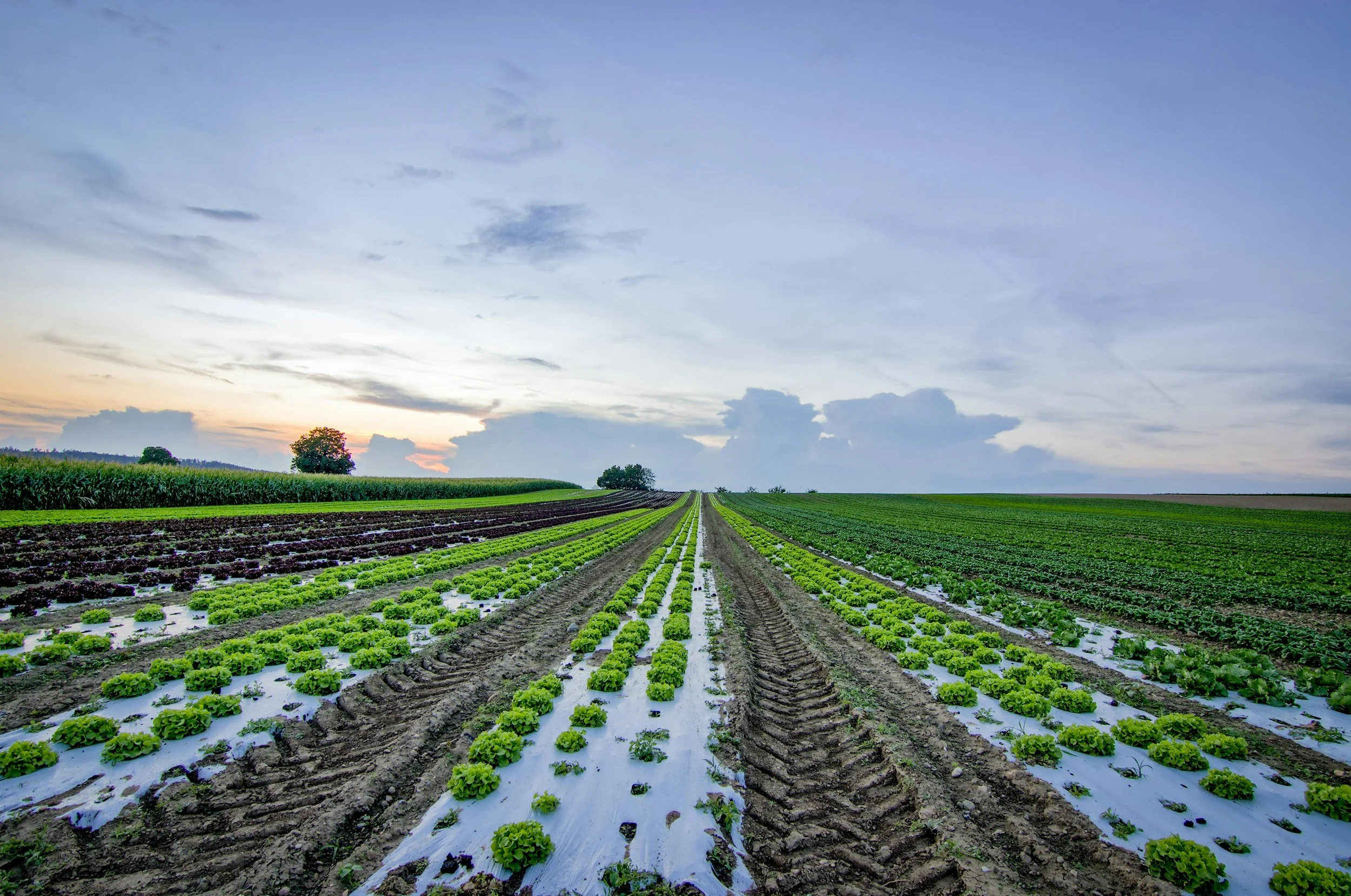The Carbon Sponge: How Soil Can Reverse Climate Change
“If we've got to draw down 20 billion tons of carbon if we've got to rebuild this sponge. It's easy, we say ‘hey let's just copy nature’ ” - - Walter Jehne
Soil might not look like a climate hero at first glance, but Walter Jehne says it is the key to reversing climate change. Founder of Healthy Soil Australia, this globally renowned soil and climate scientist believes that restoring what he calls the “soil carbon sponge” can help pull billions of tons of carbon from the atmosphere and cool the planet.
In an insightful 2021 lecture at Harvard University, Jehne describes how atmospheric carbon dioxide (CO₂) rises in winter and decreases in spring and summer as vegetation draws carbon back into ecosystems. This seasonal cycle highlights the essential role plant life plays in regulating atmospheric carbon. But human activity releases about 130 billion tons of carbon each year, outpacing the approximately 120 billion tons sequestered by global vegetation. The resulting annual net surplus of roughly 10 billion tons not only propels global warming, but also intensifies storms, floods and wildfires, which grow as frequent as rising sea levels.
Yet Jehne’s proposed solution is simple. In a Water and Climate Course hosted by Hart Hagan, he further emphasizes how hydrated, vegetated soil emits far less heat than dry, exposed soil, by promoting greater water retention. So, regenerating the earth’s “soil carbon sponge", a porous, carbon-rich soil structure that naturally retains water and nutrients, can support longer periods of vegetation growth and allow greater cooling. “For every gram of carbon, we can hold eight grams of extra water.”
How can we restore the “soil carbon sponge”? Through practices like regenerative agriculture and reforestation, which double as a natural method of cooling the planet. Unlike conventional farming, which often prioritizes short-term yield and fertilizer use at the expense of soil health, regenerative farming is designed to work with nature rather than against it, effectively promoting biodiversity and restoring the soil ecosystem.
Carbon might be created naturally through photosynthesis, but it needs to be actively managed by us. Whether we let this carbon return to the atmosphere through disruptive actions like burning fossil fuels or help lock it into the soil through smarter soil management, will heavily shape the future of our planet.
We each have a key role to play in protecting and restoring the environment. And it all begins with the soil beneath our feet.

